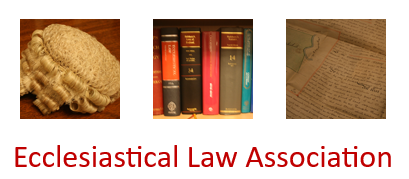In October 2020, it was noticed that a grave containing the remains of a local couple had been disturbed, suggesting an additional interment without lawful authority, namely, the interment of the ashes of the couple's son, who had taken his own life two years earlier following the breakdown of his marriage. The incumbent applied for exhumation of the cremated remains, as they had been unlawfully interred, and the deceased’s four siblings applied for custody of the remains, so that they could be interred in land where the deceased had wished his remains to be interred. The deceased’s widow denied that her husband's ashes had been interred in the grave, and refused to attend the hearing. On the basis of the evidence at the hearing, the Chancellor was satisfied, on a balance of probabilities, that the ashes interred were those of the deceased sibling and she granted a faculty for exhumation and for custody of the ashes to pass to the surviving siblings for reinterment.

